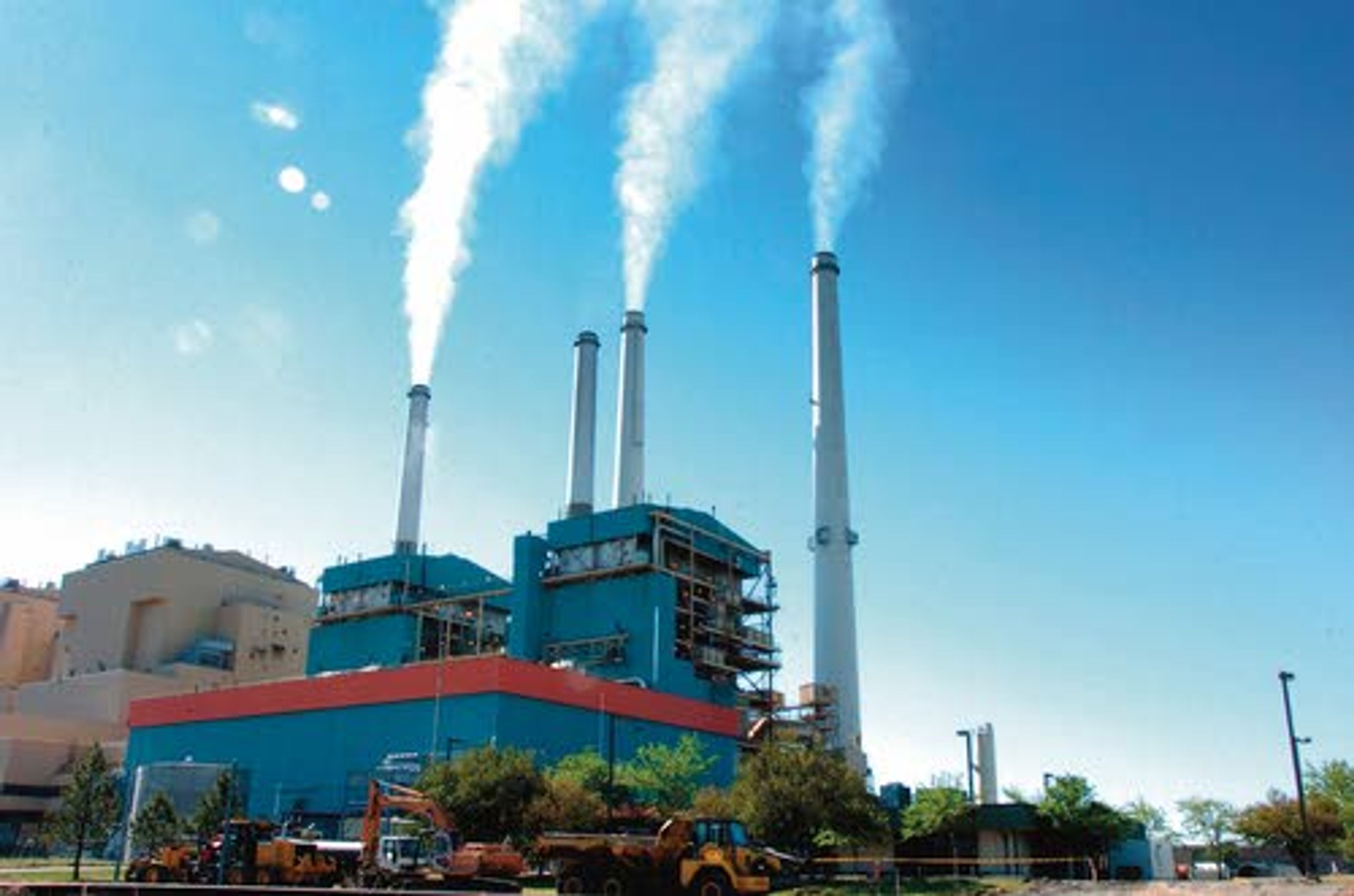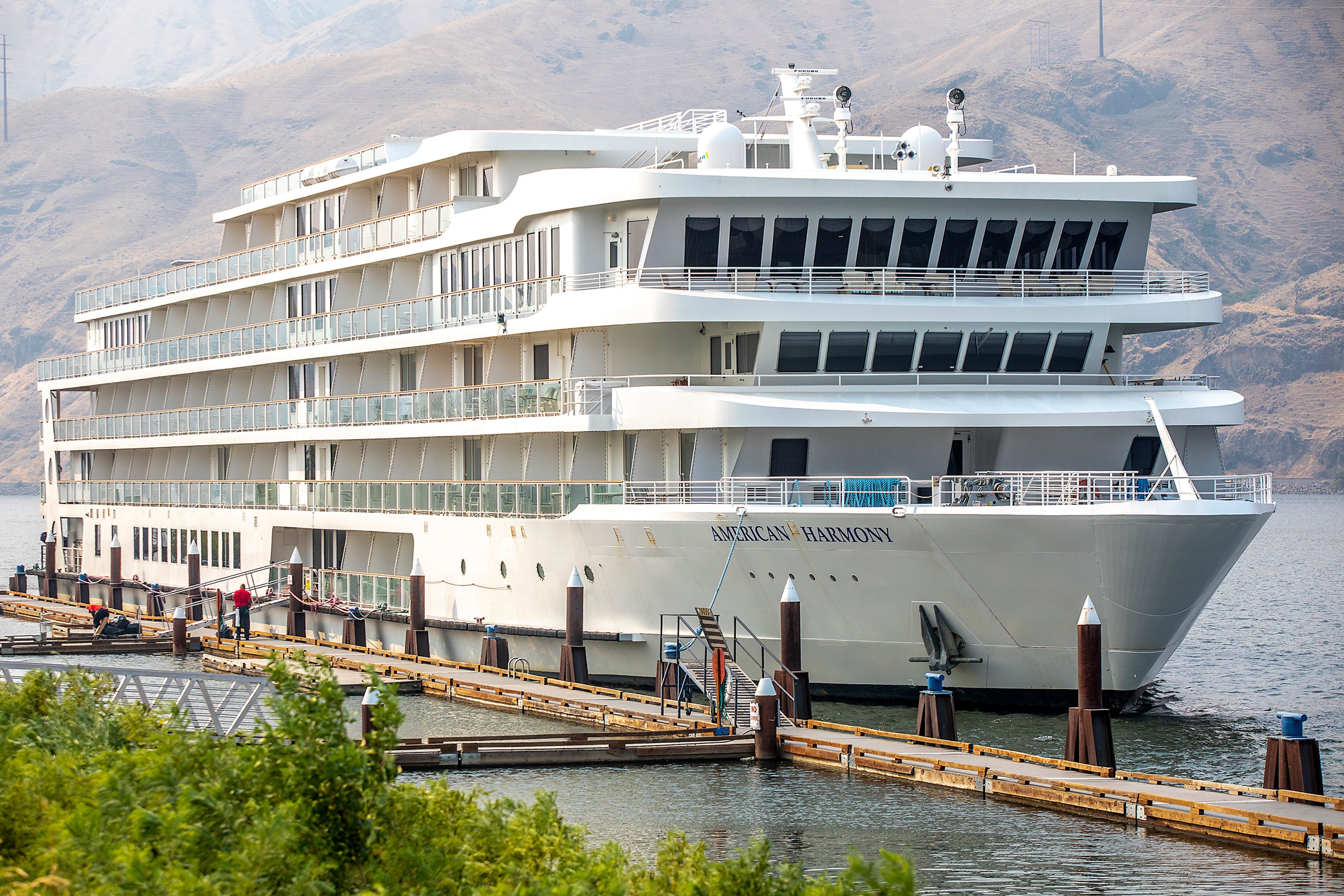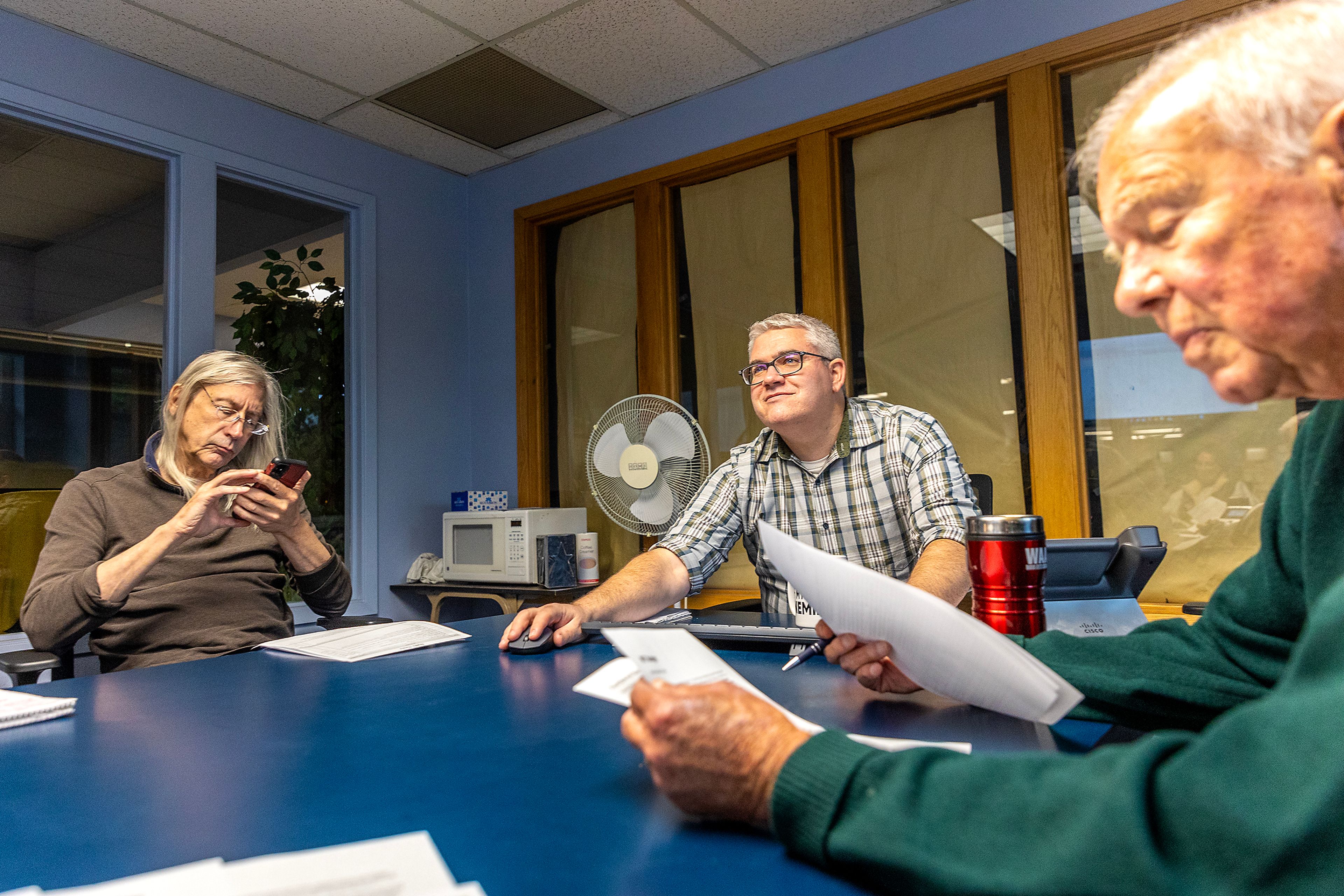White House has coal country on defensive
Emphasis on clean energy could leave coal-fired plants out in the cold
COLSTRIP, Mont. - After several years of taking a beating from the poor economy, new pollution rules and a flood of cheap natural gas, the coal industry was on the rebound this year as mining projects moved forward in the Western U.S. and demand for the fuel began to rise, especially in Asia.
But almost overnight, coal is back on the defensive, scrambling to stave off a dark future amid President Barack Obama's renewed push to rein in climate change.
The proposal, with its emphasis on cuts in carbon dioxide emissions from new and existing power plants, would put facilities like the 2,100 megawatt Colstrip electricity plant in eastern Montana in regulators' cross hairs. That has profound spin-off implications for the massive strip mines that dot the surrounding arid landscape of the Powder River Basin and provide the bulk of the nation's coal.
Montana's sole member of the U.S. House of Representatives bluntly declared that the administration had decided to "pick winners and losers" in the energy sector with its plan. "He wants to move toward shutting down the coal industry," Republican Rep. Steve Daines said of the president.
Energy Secretary Ernest Moniz and representatives of the Environmental Protection Agency rejected claims that the administration's plan would exclude coal. They pointed to billions of dollars being spent by the government on technologies to decrease emissions by capturing and storing carbon dioxide from coal plants.
Yet widespread application of those technologies is years away, and Obama made clear in announcing his proposal that he intends to halt the "limitless dumping of carbon pollution" from power plants. He directed the Environmental Protection Agency to craft rules to make that happen.
The Colstrip plant, which dominates the skyline of a 2,200-person coal-centered town by the same name, burns about 10 million tons of coal a year from a nearby mine and provides power to customers as far away as Seattle.
It also churns out an estimated 17 million tons of carbon dioxide a year. That's roughly equivalent to the emissions from 3 million cars running for a year.
Recently, as Colstrip's 700-foot-tall smokestacks poured out a constant plume of carbon dioxide, smoke and steam into otherwise blue skies, pipefitter Joe Ashworth, 60, was nearby packing up his RV. He spent the past two months working on a maintenance project at the plant. The traveling union worker said people in the coal industry were nervous that efforts to curb emissions could cost jobs and drive up electricity prices.
Despite a frequently heard boast that the state has more coal than anywhere else in the U.S., antipathy toward the administration's plan is not universal in Montana. One of Daines' predecessors, former Rep. Pat Williams, said last week that warming temperatures pointed to a "doomsday" scenario if carbon emissions were not addressed.
Others maintain that the worries over lost jobs in the coal industry are overstated. The Natural Resources Defense Council plans to release a report detailing new jobs that would be created because of all the work needed to retrofit plants such as Colstrip and other measures taken to reach the administration's goal. The environmental group said its analysis of the administration's plan shows 3,600 jobs in Montana alone.
Among utilities elsewhere in the country, the trend away from coal has been well underway over the past several years. Rock-bottom natural gas prices - coupled with huge price-tags to clean up mercury and other pollutants from burning coal - drove many utilities to simply switch fuels, said Michael Britt, a utility industry expert with the consulting firm Oliver Wyman.
Those pressures finally started to ease this year: Demand from utilities started to rise as coal stockpiles dwindled. Proposals for major new mines by Cloud Peak Energy and Arch Coal Inc. gained traction. And coal finally started to reclaim its competitive edge as gas prices rose.
Colstrip is among those plants that remained open, in part because of heavy capital investments. That includes $88 million spent on air pollution controls since 2000, according to PPL Montana, which co-owns the 388-employee plant and operates it on behalf of five other utilities.
Carbon dioxide controls would cost far more: $430 million to install the equipment, plus annual operating and maintenance costs of $900 million, according to a PPL study from several years ago.









